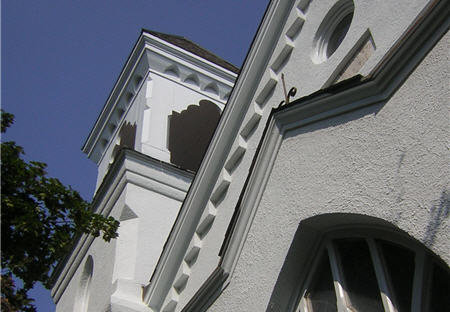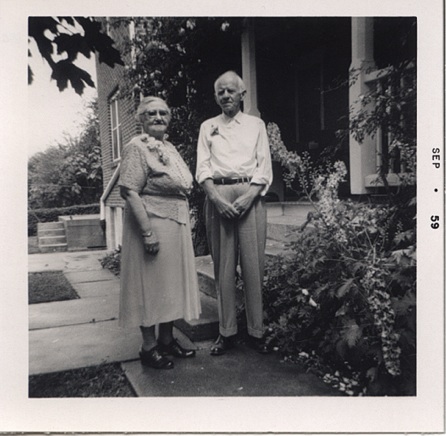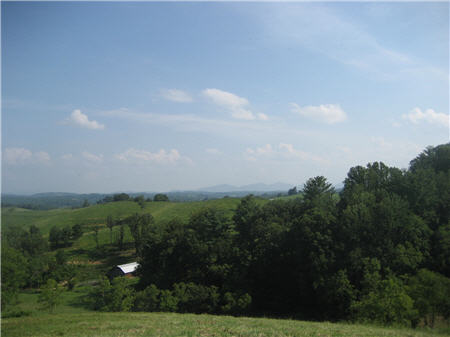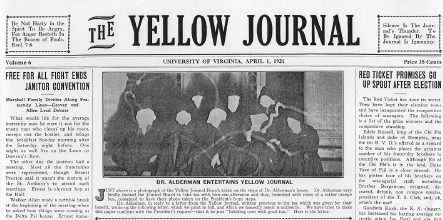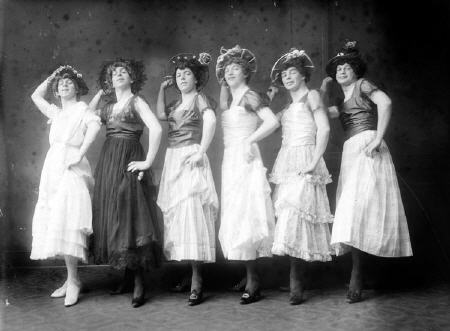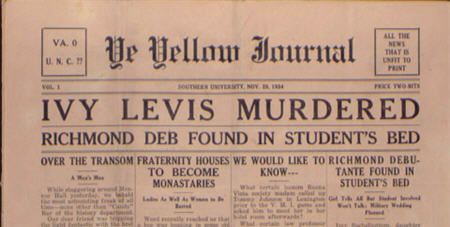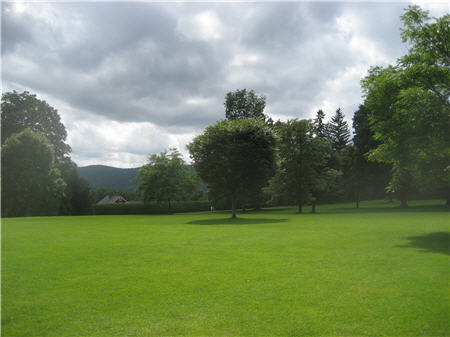
It was a dramatic day at Tanglewood yesterday. I took the day off from work to attend two rehearsals for this weekend’s performance of the Brahms Requiem. The sky was obligingly threatening for most of the afternoon, but the sun was out and the juxtaposition of green lawn (greener for all the rain we’ve had this summer) and stormy skies called out to me.
We sang the piece through from start to finish once yesterday in piano rehearsal with Maestro Levine (omitting the fifth movement, as our soprano, Hei-Kyung Hong, was not at the rehearsal and because there’s not so much for the chorus that it merited visiting without her), and then re-ran the first, second, fourth, and sixth movements with the orchestra. With that much time immersed in the piece, I had a chance to revisit my thoughts about performing the Requiem as a chorister from last fall, and got some clarity on the technical challenge of the piece. Last fall, I wrote:
… the profile of the work from an emotional perspective is low – high – very high – moderate – low – very high – high, but the technical difficulty profile is basically high – very high – very high -high – high – very freaking high – high, and you have to really husband your emotional and physical energy accordingly.
The alternative: you hit the wall sometime around the sixth movement, the real uphill battle of the work, before you even get into the fugue. And in that fugue, as our director said, there is inevitably “blood on the walls” in every performance thanks to the demand on the singers and the difficulty of the preceding music.
Yesterday I found what may be the real culprit of the sixth movement, for me at least. It’s not just the overall arc of the piece, but specifically the tenor part immediately preceding the fugue, where all choral voices respond to the baritone’s “…wir werden aber all verwandelt werden; und dasselbige plötzlich, in einem Augenblick, zu der Zeit der letzen Posaune” (we will all be changed, in a moment, in the twinkling of an eye). The choral text that follows is at the heart of Brahms’ conception of the work, and speaks of the Resurrection:
Denn es wird die Posaune schallen, und die Toten werden auferstehen unverweslich, und wir werden verwandelt werden. Dann wird erfüllet werden das Wort, das geschrieben steht: Der Tod ist verschlungen in den Sieg. Tod, wo ist dein Stachel? Hölle, wo ist dein Sieg?
…for the trumpet shall sound, and the dead shall be raised incorruptible, and we shall be changed. Then shall be brought to pass the saying that is written, Death is swallowed up in victory. O death, where is thy sting? O grave, where is thy victory?
And the text is sung at absolutely full volume over some of the thickest orchestration in the work, and in the high part of the tenor range.
This is the rub, at least for me. The need to support the voice is strong, but at that volume and emotional fervor it’s very easy to tip over from supporting to tightening, and then the battle is lost and the voice closes progressively until it is difficult to get any sound out at all. Once that happens the following fugue is unsingable.
I will work for the next few days on avoiding the tightness, but I definitely have proof that this is a key danger area. We sang through once and I experienced the effect I describe above. Then we stopped for a bit to discuss some issue in the orchestra, and I collected myself and caught my breath. When we returned, Maestro Levine started us on the last “Wo? Wo? Wo ist dein Seig?” — and despite its starting at a high F, I was singing it clearly and unencumbered. I had relaxed and allowed my vocal apparatus to resume something like a normal position, and my voice was back.
It’s days like yesterday that I remember all too well that I’ve only had about four voice lessons in my life, and they were over 20 years ago. Maybe it’s time to go back and learn some proper technique. I’m starting to get a little too old to figure this stuff out on the fly.

